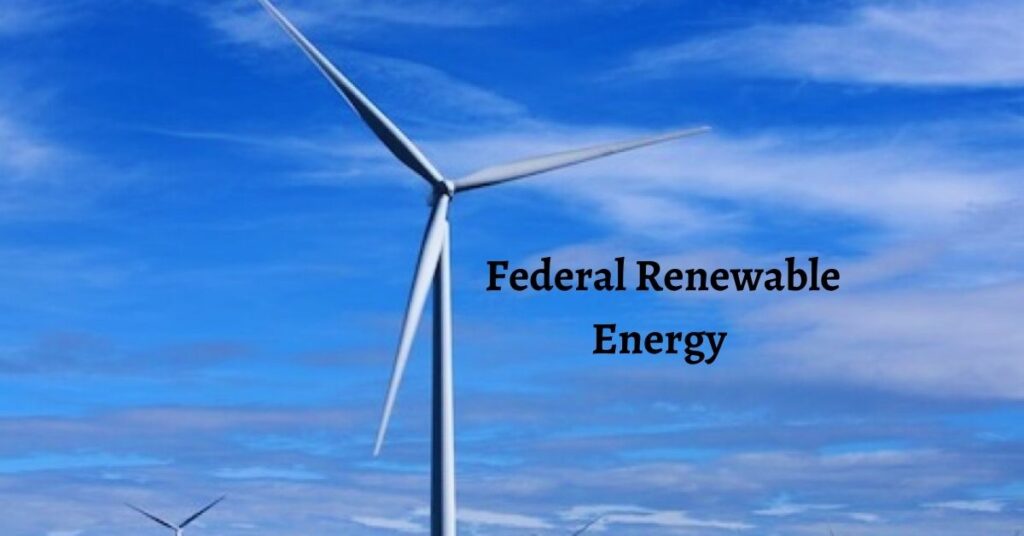According to new research by the Rocky Mountain Institute, the federal government will pay Wyoming a lot of money if the state achieves specific climate-friendly energy goals (RMI).
The Inflation Reduction Act (IRA) is a significant piece of climate legislation Congress passed last summer, and the paper analyzes the financial benefits to states. It incentivizes the development of renewable energy sources like wind and carbon capture facilities.
Ashna Aggarwal, the senior associate at RMI and report author, said, “So Wyoming has some of the best wind resources in the country.” The tax savings, she said, might be substantial for Wyoming if the state fully exploits the IRA. “If you have a new wind project, this tax credit will actually cover 30 percent of that project costs, really saving utilities money on that project,” she said.
By 2030, tax incentives in Wyoming could bring in almost $12,000 per citizen, or roughly $7 billion. Nevertheless, this is only the case under an aggressive climate scenario defined in the paper as accomplishing national climate targets. By 2030, we hope to have cut emissions in half compared to 2005 levels, and by 2050, we hope to have created an economy with zero net emissions.
And Wyoming, for its part, is quite supportive of renewable energy initiatives. In Rawlins, for instance, construction is planned for one of the country’s largest wind farms. Carbon capture technology, which may theoretically trap carbon at coal plants or remove carbon from the air, is also of great interest to Wyoming.
Many programs, like Project Bison, to absorb carbon already in the atmosphere are moving forward in Wyoming, despite widespread skepticism about the technology’s efficacy.
We have covered some further news related to Wyoming. If you are interested in knowing about what circumstances happenings are around you. So you can check the link below:
- Wyoming Ranks Sixth in Federal Dependence.
- Two Oregon Fishermen Have Witnessed Rare Wolverine in Natural Habitat.
“It’s one of the farther along commercial scale direct air capture projects anywhere in the U.S.,” said Aaron Brickman, a senior principal at RMI. “And it will leverage the existing carbon capture and sequestration tax credit, which was expanded under the Inflation Reduction Act. So quite a lot is happening, and I think Wyoming is pretty well positioned to leverage it.”
But, Wyoming would need to encourage more climate-friendly initiatives, such as using electric vehicles, to reap the financial benefits of the IRA. A bill to prohibit the sale of EVs was introduced in a state legislature this year, but it did not pass. Wyoming continues to hoard coal despite a new law that provides state financing to punish anyone who harms the coal economy.
“Everyone’s eyes looking at this study gravitate to Wyoming, whether you live there or not, because of how clearly the state is positioned for success,” Brickman said. “But it’s only potential, right? They have to embrace these policies.”
To this end, the state can facilitate the purchase of “new electric vehicles by individuals and businesses, new heat pumps, renewables, energy-efficient equipment, and this is all to save people money,” as explained by Aggarwal. According to the study, Wyoming could gain 2,000 jobs if it adopted IRA-subsidized policies.

